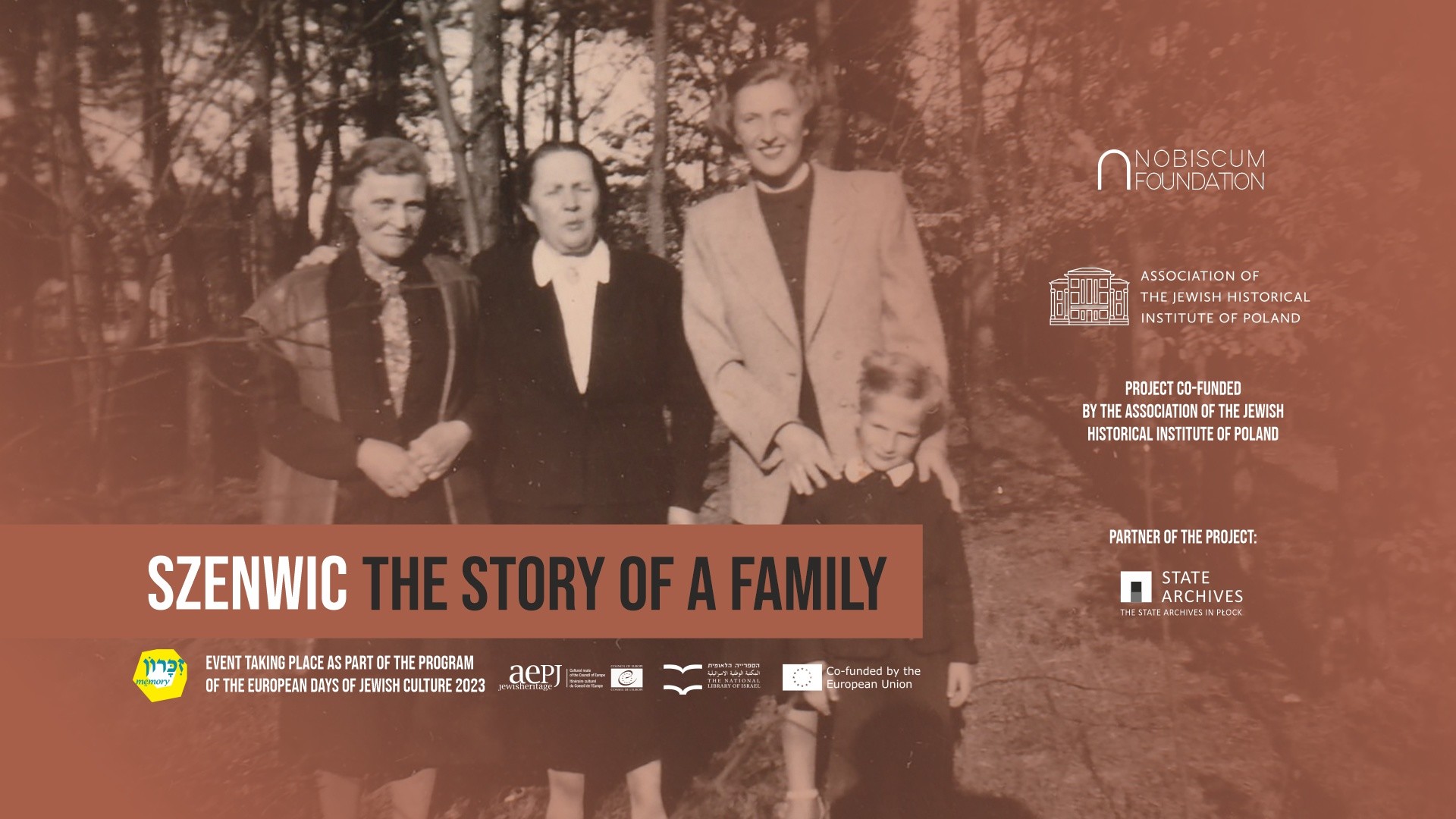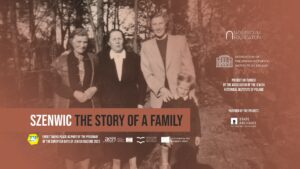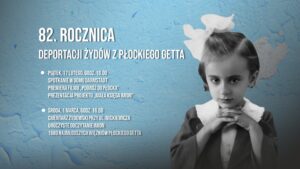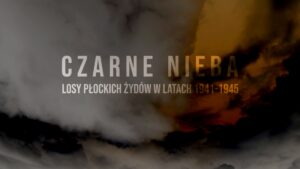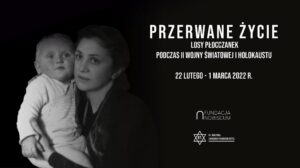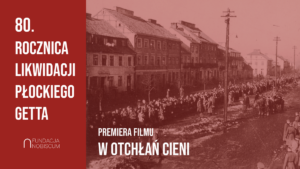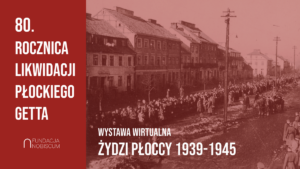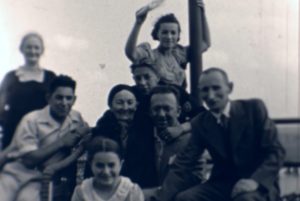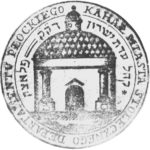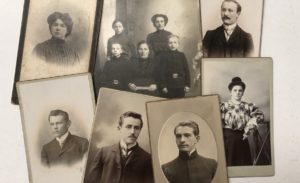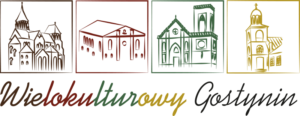The eldest son of Markus and Gitla (Augusta) nee Ginsberg – Izydor (1862-1930), was a merchant and industrialist, a partner in the company Schönwitz, Steinberg and Rittenberg Silk Ribbon Factory, with its registered office at 22 Mokotowska Street in Warsaw. The company was founded in 1881, in 1884 it employed 77 workers, and in 1913 – 260. Izydor also owned a tobacco plant on Kaliska Street (Tobacco Product Manufacture), before it was incorporated into the State Tobacco Monopoly.
In 1886, he married Ryfka Łaja (Róża) Holcberger, daughter of Izrael Moszek and Sura Fajwelzon. The couple had two children – daughter Eugenia and son Feliks.
Eugenia Szenwic (1888-1965) married Juliusz Zweibaum (1887-1959) – a histologist and biologist. Juliusz Zweibaum studied at the University of Liège, then in Bologna, where he obtained a doctoral degree based on research on the phenomena of conjugation and sexual differentiation in ciliates. After obtaining a doctorate in natural sciences, he became an assistant professor at the Department of Zoology and Comparative Anatomy of the University of Modena. He was a lecturer at the Free Polish University, in the years 1921-1923 and 1933-1939 at the University of Warsaw. In 1924, he initiated the study of tissues in in vitro cultures, works on the reproduction of protozoa, intravital staining of cells, and the behavior of healthy and cancerous cells in in vitro culture. In the years 1933-1939 he organized the Department of Histology and Embryology at the Faculty of Veterinary Medicine of the University of Warsaw.
In the interwar period, Eugenia Zweibaum, together with doctor Felicja Czerniaków, ran a private Jewish school at Marszałkowska Street.
During World War II, Juliusz Zweibaum took part in the defense of Warsaw, then was imprisoned in Pawiak. After his release, he was deported to the ghetto.
In May 1941, Juliusz Zweibaum organized a clandestine medical school for young people in the Warsaw ghetto under the name “Course of sanitary training to fight epidemics”. The activity of the study, which covered the first and second year of medicine and pharmacy, lasted until the mass liquidation of the ghetto. Of the five hundred students, only about forty managed to pass their final exams. Most died in the uprising in 1943.
Juliusz Zweibaum also participated in scientific research on the effects of starvation disease in the Warsaw Ghetto. After the great deportation action, he went to the Aryan side and hid until the end of the war. He was seriously wounded during the Warsaw Uprising.
After the end of the war, he organized the Department of Histology and Embryology, which he headed until 1956. From 1947 he was a professor at the University of Warsaw (from 1950 at the Medical Academy in Warsaw). He was also a member of the Warsaw Scientific Society and the Polish Academy of Sciences, editor-in-chief of “Folia Morphologica” and co-author and editor of the textbook “Histologia”.
The son of Eugenia and Juliusz Zweibaum was Kazimierz Zakrzewski (1918-2000) – a graduate of the Lviv Medical Institute, professor of medicine, biochemist, researcher at the Institute of Hematology, Serum and Vaccine Factory, as well as the Institute of Nuclear Research in Świerk, long-term president of the Polish Biochemical Society. In the Warsaw Ghetto, Kazimierz Zakrzewski was a member of Izrael Milejkowski’s team that conducted research on hunger.
Kazimierz Zakrzewski’s sister – Karola Karłowicz (1921-1997) was a pediatrician and head of the neonatology department at the Bielański Hospital in Warsaw. She completed her first year of medical studies before the war, the next year in the Warsaw Ghetto, in a secret medical school established by her father, Juliusz Zweibaum. She continued her education after the war at the Medical Academy. She was a brave and courageous woman. She devoted all her life to saving people.
